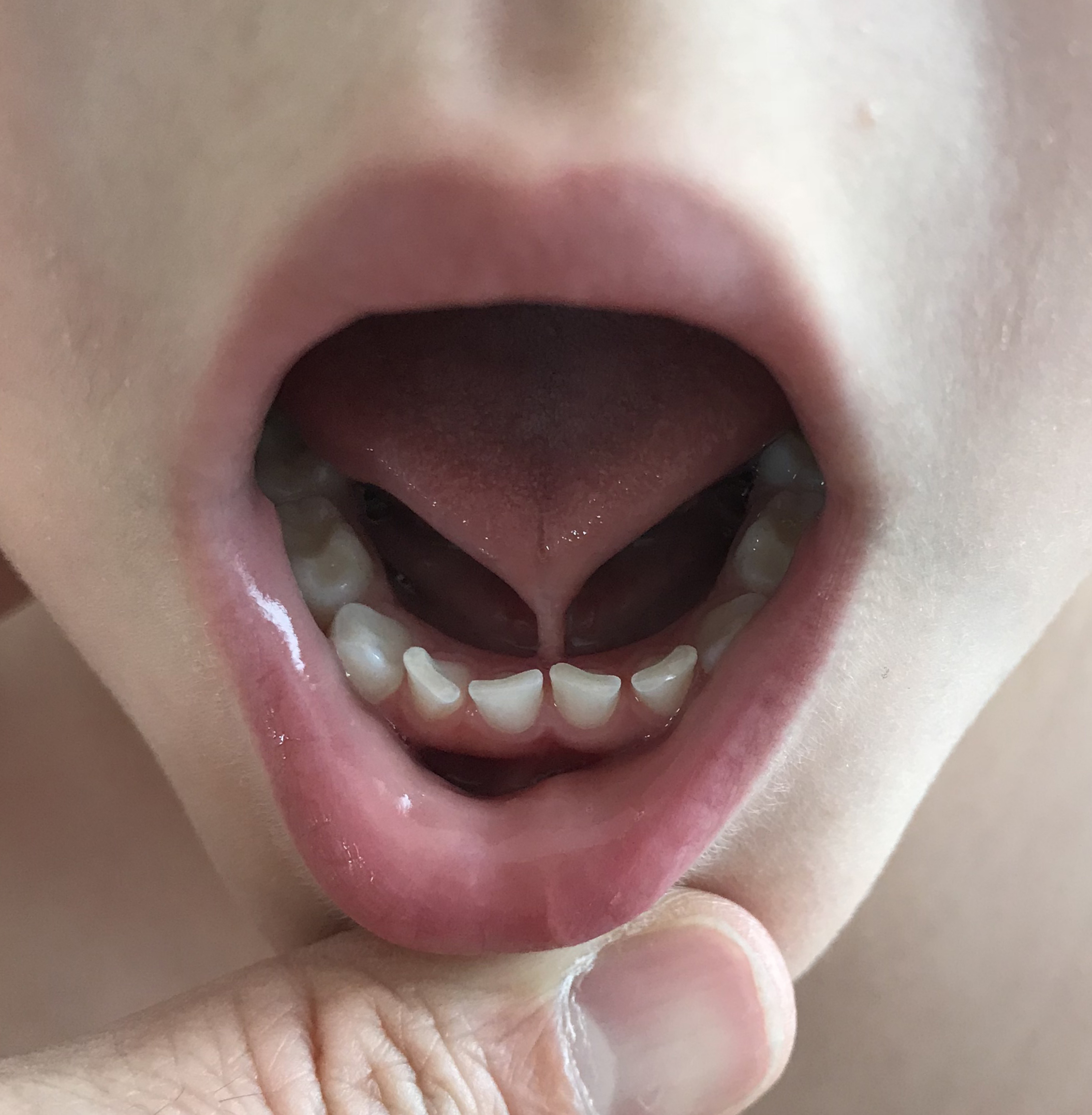Tongue ties, or ankyloglossia, are more common than many people realize and can have significant developmental implications if left unaddressed. Identifying the type and understanding its effects is key for addressing potential challenges. This guide explores the different types, their impact on speech development, and the consequences of leaving them untreated.
What Are the Different Types of Tongue Ties in Children?
A tongue tie occurs when the frenulum, the thin tissue connecting the underside of the tongue to the floor of the mouth, is too tight or restrictive. There are different classifications based on severity:
- Anterior Tie
This is the most noticeable type and occurs at the front of the tongue. The frenulum is short and tight, restricting tongue movement significantly. It is easier to detect because you can often see how the tongue cannot extend or lift properly.
- Posterior Tie
This type is located farther back in the mouth and can be harder to identify. While the frenulum is less visible, it still creates a significant restriction in tongue mobility, which can affect feeding, speech, and oral development.
- Class One to Four Tongue Ties
- Class One: The tie extends 12–16 millimeters from the base of the tongue and is the least restrictive.
- Class Two: Extends 8–11 millimeters, with moderate restriction of movement.
- Class Three: Extends 3–7 millimeters, with significant limitation.
- Class Four: The most severe, with the frenulum almost completely restricting the tongue.
Every child’s experience is different. Identifying the type and degree of restriction typically requires a professional evaluation.
How Does a Tie Affect Speech Development?
The tongue plays a critical role in forming speech sounds, and a restricted tongue tie can interfere with this process. These can make it difficult for children to articulate certain sounds, such as “L,” “R,” “T,” “D,” and “S,” which require precise tongue movement. Children with severe ties sometimes experience delays in reaching speech milestones, leading to frustration and communication challenges.
Proper tongue function is also necessary for oral motor development, which affects speech clarity and fluidity. Restricted tongue movement can hinder the development of these skills. While not all children with a tie develop speech difficulties, the risk increases with the severity of the restriction. Early intervention is crucial to supporting optimal speech development.
Are There Long-Term Effects of Untreated Tongue Ties?
If left untreated, tongue ties can lead to long-term challenges that extend beyond speech. These include:
- Feeding Difficulties
Infants with this often struggle with breastfeeding due to an inability to latch properly. These challenges can also extend to bottle-feeding and introducing solids.
- Dental Issues
Tongue ties can cause problems like gap formation between teeth, improper bite patterns, or even tooth decay due to difficulty clearing food debris with the tongue.
- Oral Health Problems
Restricted tongue function can affect oral hygiene, making it harder to clean food particles from teeth and gums, leading to plaque buildup and potential infections.
- Speech Impairments in Adulthood
If untreated, it may result in speech difficulties that persist into adulthood. This can affect self-esteem, professional communication, and social interactions.
- Sleep and Breathing Issues
Some children may develop restricted airflow patterns that contribute to disrupted sleep or breathing difficulties, such as obstructive sleep apnea.
Addressing this early can help avoid these potential issues and improve a child’s quality of life.
Consult a Specialist
If you suspect your child has a tongue tie, consulting a specialist is the first step toward understanding their needs. Pediatricians, lactation consultants, speech therapists, or pediatric dentists are trained to assess this and recommend appropriate interventions, such as stretching exercises or a simple surgical procedure called a frenectomy. Book a consultation with a qualified specialist today.
- FREHF – The Revolutionary Future Of Human-Centered Technology!
- Adsy.Pw/Hb3 – Boost Your SEO And Drive More Traffic!
- Fitness Based Vacations By Timeshealthmage.com!
- TimesHealthMag Tips For Improving Sleep Quality – Expert Advice For Better Rest!
- How TimesHealthMage Helps Improve Your Lifestyle Habits!


Leave a Reply